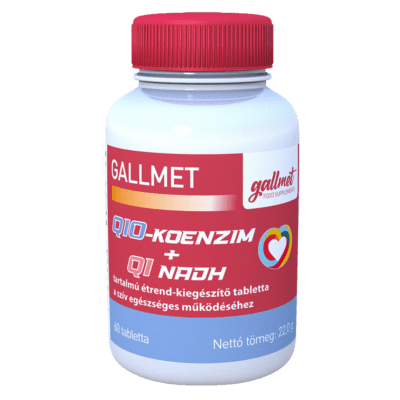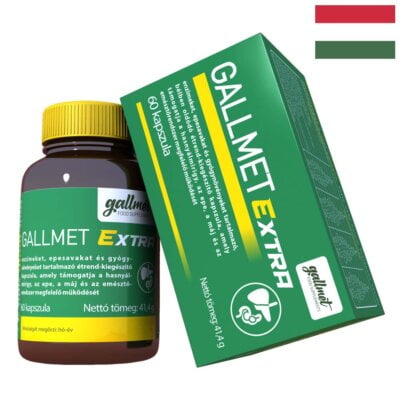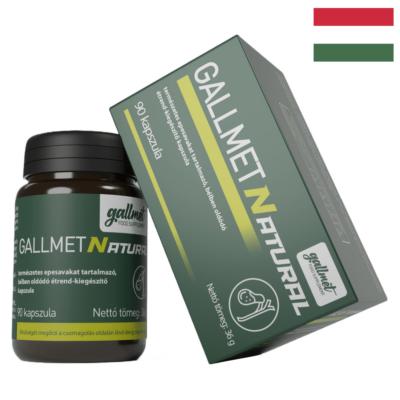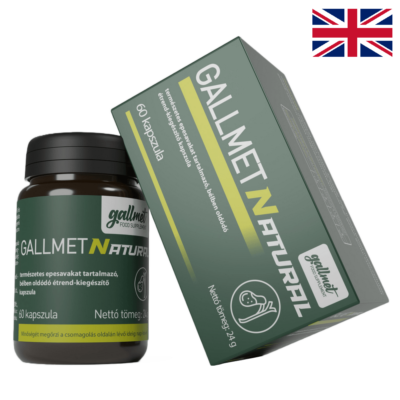External shock wave gallstone crushing
The emergence and availability of ESWL (Extracorporeal Shock Wave Lithotripsy) has transformed stone treatment in urological surgery in the EU.

The year 1991 marked a breakthrough in the treatment of renal stone disease. ESWL was introduced: focused external shock waves pass through materials with the same sound density (water, soft tissue) without energy loss, but dissipate energy through materials with different sound densities (stones in the body).
In the same year, the ESWL treatment of gallbladder, bile duct and pancreatic duct stones was carried out. While in urology ESWL therapy became the dominant treatment, laparoscopic gallbladder removal, which appeared at the same time, became widespread in the treatment of gallstones. With ESWL, the patient becomes stone-free and retains a functioning gallbladder. ESWL treatment of common gallstones has been recognized by both gastroenterology and surgery. Its usefulness is still underused in the EU compared to its availability.
Biliary cancer is a widespread disease
Gallbladder stones are a common disease in Hungary. The prevalence is 25-30%, with a female to male ratio of 3:1 and 4:1 respectively. When gallstones do "speak", they are associated with severe, very intense spasmodic pain (gallstone colic). The fossil, which is irreversibly damaging to the gallbladder, poses a permanent threat to its owner. The patient's gallbladder, including its stones, is not needed. The solution is surgical. Today in Hungary, in more than 90% of cases, this means laparoscopic removal. The number of surgical gallbladder removals exceeds 25,000 per year.
It has been shown that ESWL, in combination with indirect dissolution treatment (Ursofalk), can significantly reduce the time to stone clearance.
Factors determining the effectiveness of treatment:
- gallbladder: size, fluid content, wall quality, function;
- gallstones: number, size, quality;
- frequency and intensity of the shock wave;
- duration of treatment;
- the targeting of equipment.
Indications for ESWL therapy of gallbladder fatty liver disease according to the classical "Munich criteria":
- gallbladder fatty degeneration causing complaints;
- a well-functioning gallbladder;
- maximum 3-5 stones;
- cholesterol stones (60-75 percent of gallbladder stones);
- the size of the stone is between 5 mm and 3 cm;
- bilestones that do not contain "calcium" (CaCO3);
- cooperation from the patient before, during and after treatment.
Results
In nearly ten years of activity, we have treated 2,984 patients with 2,961 ESWL treatments.
Gallbladder stones: 2110, common bile duct stones: 147, pancreatic stones: 27 cases.
Stone-free after ESWL treatment (literature data in brackets): 3 months 21.1% (23-31%), 6 months 34.2% (35-41%), 1 year 69% (61-80%).
Source: hospital journal 2005/11 - Erdős Gábor DETEC Ltd.
GALLMET products are available in ALL Hungarian pharmacies and herbal shops or can be ordered!
Click on the [print-me] icon to print the page


























